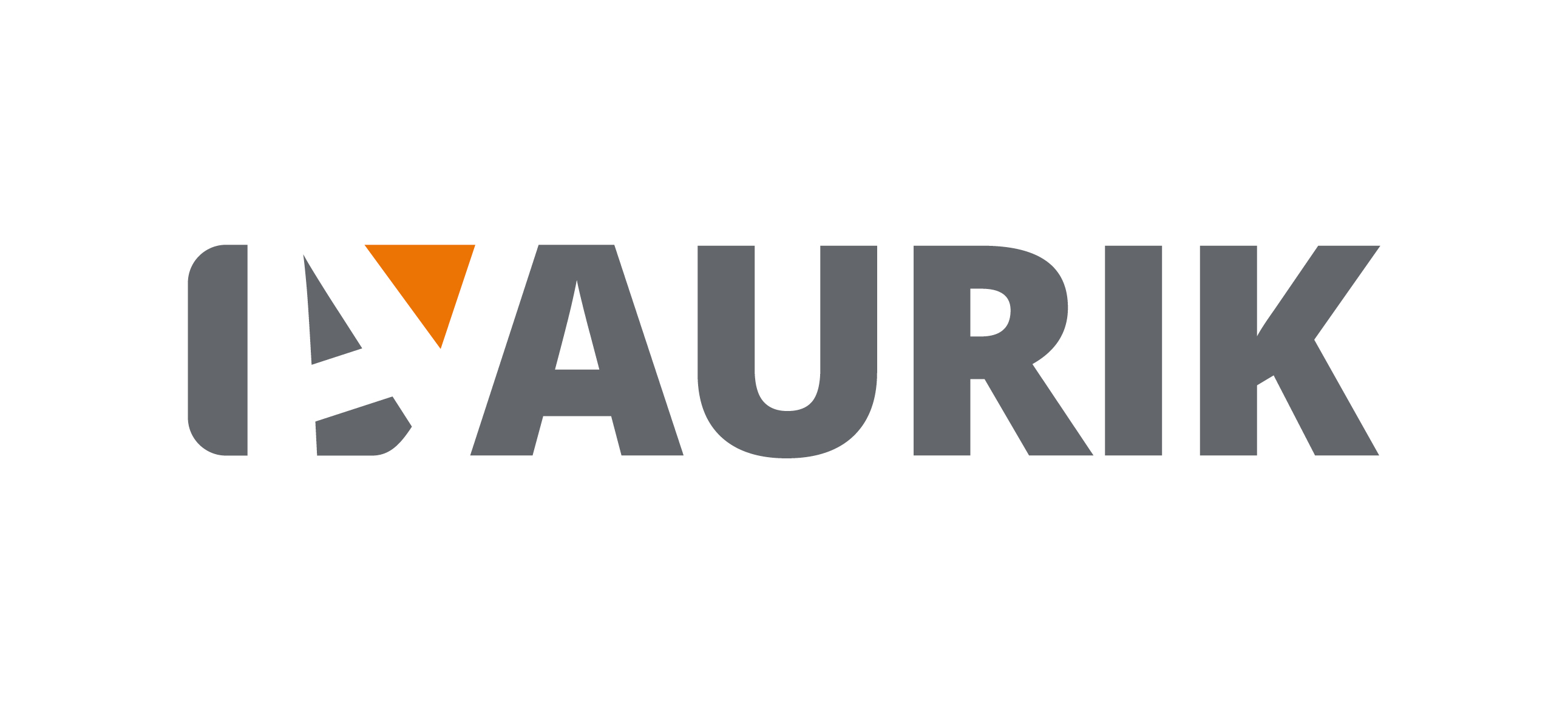People power or hinder a business’s growth. And the people suited to your business today, might not be the right people tomorrow. What should lead and shape your people strategy and how you get it right is a complex problem. It’s one that is made a lot simpler if you have a clear strategy, know your business well, operate good systems and have time to source and select the right talent.
LISTEN TO THE PODCAST FROM THE MONEY SHOW ON 702 & CAPETALK HERE

1. Growth and complexity
As a business grows, it becomes more complex. This complexity can be exponential and brings with it tremendous risk. It can also be manageable and bring with it opportunity for employees. Complexity is seeded when you do not have a clear positioning; compounded when you don’t have strong systems; and is accelerated when you add people to the mix.
2. Simplify before people
Having a clear positioning allows you to develop simple, stable operating systems to deliver consistently on that positioning. Having simple systems allows you to best understand what talent your business needs to operate. The systems also enable you to train, measure and retain or let people go when you make a hiring error. They also give your people a fair chance to succeed and thrive. People work best when they understand the function of work they need to perform, are capacitated to do it, understand how their effort adds value to the business and are recognised for their contribution both in pay and applause.
3. Growth changes a business
A well-positioned business, supported by good systems, operated by capable people will grow up to a point. Just as a human body can only bear so much weight. Before you can apply more weight you need to strengthen the muscle and bone structure. Should you fail to do so, the body will collapse under the increasing weight. A business is no different. As it grows (weight), the business (body) needs to be strengthened to bear the weight. We refer to this as break-build. Break the systems you have built so far and rebuild them to bear the new growth. A muscle needs to tear to grow and this is no different.
4. A changed business challenges its people
The bone and muscle density in a body are like the systems in a business. Reshaping the systems to bear more growth means that your people must be upskilled to cope with the new systems. The new systems, more growth, and larger size of the business creates complexity and your people must cope with it to sustain the business. At this stage of a business’s lifecycle, your ability to understand whether your people can cope or not, understand what’s needed to enable them to cope and critically assess whether this is realistic becomes an essential skill.
5. Understand your changes
System changes in a business today tend to be substantive. The reason for this is that often they undertake a process of digitisation or automation. A significant part of scaling your business for growth means extensive automation of processing routine work. It will also mean a growing team and often, a growing serviceable footprint. In some cases, it might mean new, connected plant and equipment.
6. Measure and match your people to the changed environment
With these changes understood, new operating systems need to be created bringing new activities into the everyday work life of your people. The extent of the changes is highly likely to limit the ability of certain people to rise to the new level of capability required to support the business. Whilst I believe that you should always hire internally first, hire with a view to create internal career opportunities for your employees but hire wisely. A great salesman does not make a great sales manager. The reliable ops co-ordinator might not be able to cope with an automated system.
7. Upskill, outsource and retrench
Supported by clarity of purpose, depth of understanding and empathy, there will be occasions where you need to source external talent. For example, a strategy to digitise your business from its former analog operating system to create the scale needed to support growth is likely to see a fundamentally different aptitude and talent required in the business. Employees who have invested in themselves recognising that they need to make themselves assets to the business are those that are worth investing in. Should you not have the talent internally, go into the external environment. You owe it to yourself, the business, all who depend on it and the employee who you select. They too want to succeed and your evaluation of their aptitude and talent, matched to the function of work in the changed business is vital.
As a business owner, your primary responsibility to your business is its survival. This is best achieved by focusing on growth. a business that’s not growing is dying, one that is sustaining and one that is growing around 17% annually is thriving. Achieving this must guide your people strategy and choices and getting this right means that you need to be well positioned, supported by good systems and have the time to source, select and empower the right talent aligned to the forever changing environment of your business. Success in this endeavour will see you grow. Failure will fail you.
We work with business owners to not only focus on growth, but, through design and build of the business, get the people strategy right. People power a business’s growth and building an Asset of Value™ without the right people doing the right thing at the right time is simply not possible.

